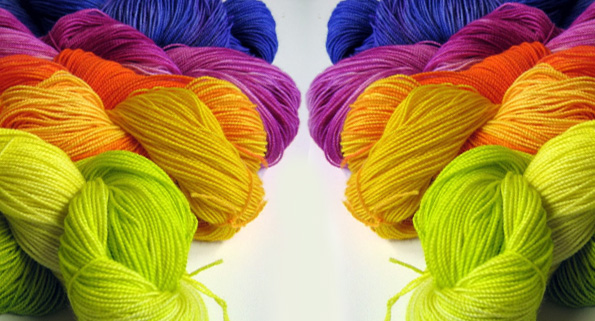Source: Fibre2Fashion
Viscose has been a fibre loved by consumers on account of its excellent attributes of comfort, fluid drape and aesthetic appeal, write Ajay Sardana and Amit Dayal
Made from a renewable natural resource- wood pulp, viscose has been a preferred choice across applications like women's fashionwear, menswear in blends and in home textiles.
Why dope-dyed fibres?
Wet processing, a common step used in the textiles industry, has the potential to cause a significant impact on the environment and on human health. This is because large amounts of chemicals and dyes are used in wet processing, resulting in effluents with a complex chemical composition. The cellulosic textiles industry consumes a large quantity of water in wet processing operations like desizing, scouring, mercerising, bleaching and dyeing during conversion of fibre to fabric.
The last decade has seen growing concern about environmental issues which have increased manifold because of increasing industrial pollution, waste problems and the effects of global warming. In this context, dope-dyed viscose is one of the solutions in reducing environmental pollution and waste water discharges in the textiles industry.
Benefits of dope-dyed viscose
Dope-dyed viscose as an alternative offers innumerable advantages.
Sustainability:
To verify the issue of sustainability, a qualitative life-cycle assessment between viscose dope dyed knitted fabrics and viscose piece-dyed knitted fabrics has been completed by the North India Textile Research Association (NITRA). It is clear from this independent study that:
Greenhouse gas emissions are reduced up to 20 per cent by using spun-dyed viscose, compared to the conventional dyeing of viscose.
Wastewater generation is reduced up to 10 per cent and a significant reduction is noticed in heavy metal concentrations in the effluent generated by spun-dyed viscose.
By adopting dope-dyeing, less chemicals and energy are needed as the process is short and less waste water is generated. This enables direct savings on production costs, and ensures substantial reduction of the environmental footprint of the final products.


